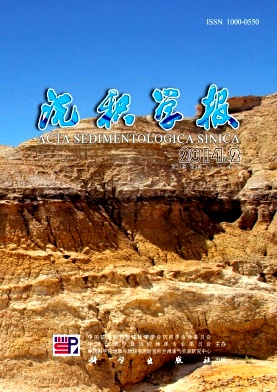Unconfined Flow Deposits in Front Sandbodies of Shallow Water Deltaic Distributary Systems
- Publish Date: 2014-04-10
-
Key words:
- unconfined flow deposits /
- fluild-dominated shallow water deltaic /
- modern sediments /
- flume experiment /
- sedimentary model
Abstract: Bohai Basin is characterized by stable tectonics with steady and slow subsidence, which formed in low-relief and low gradient during the Neogene. The paleoclimate data confirmed that the Bohai area was humid subtropical to warm temperate climate and widely developed shallow-water delta and shallow lake sedimentation system in Middle Neogene (sedimentary period of the Lower Member of Minghuazhen Formation). Changes of palaeogeomorphology, palaeoclimate and ancient water depth controlled shallow water deltaic distributary systems’ front sandbodiesis’ architectures, distribution and evolution. Application of the principle of sequence stratigraphy, the lower member of Minghuazhen Formation in Huanghekou sag will be divided into one three order sequence and three system tracts which is LST, TST and HST. On the basic, recognized three kinds of sand body architectures include the stacked channel type, isolated channel type, sheeted channel type. According to core, logging, seismic, means of modern sediments and tank simulation experiment, we established depositional model of Huanghekou sag fluvial-dominated delta in the lower member of Minghuazhen Formation.
| Citation: | Unconfined Flow Deposits in Front Sandbodies of Shallow Water Deltaic Distributary Systems[J]. Acta Sedimentologica Sinica, 2014, 32(2): 260-269. |






 DownLoad:
DownLoad: